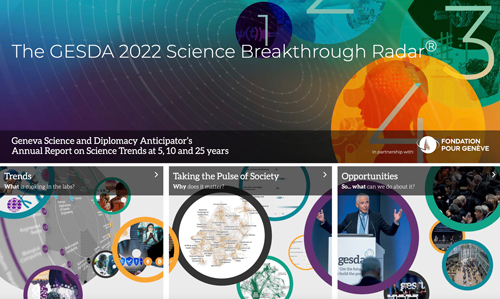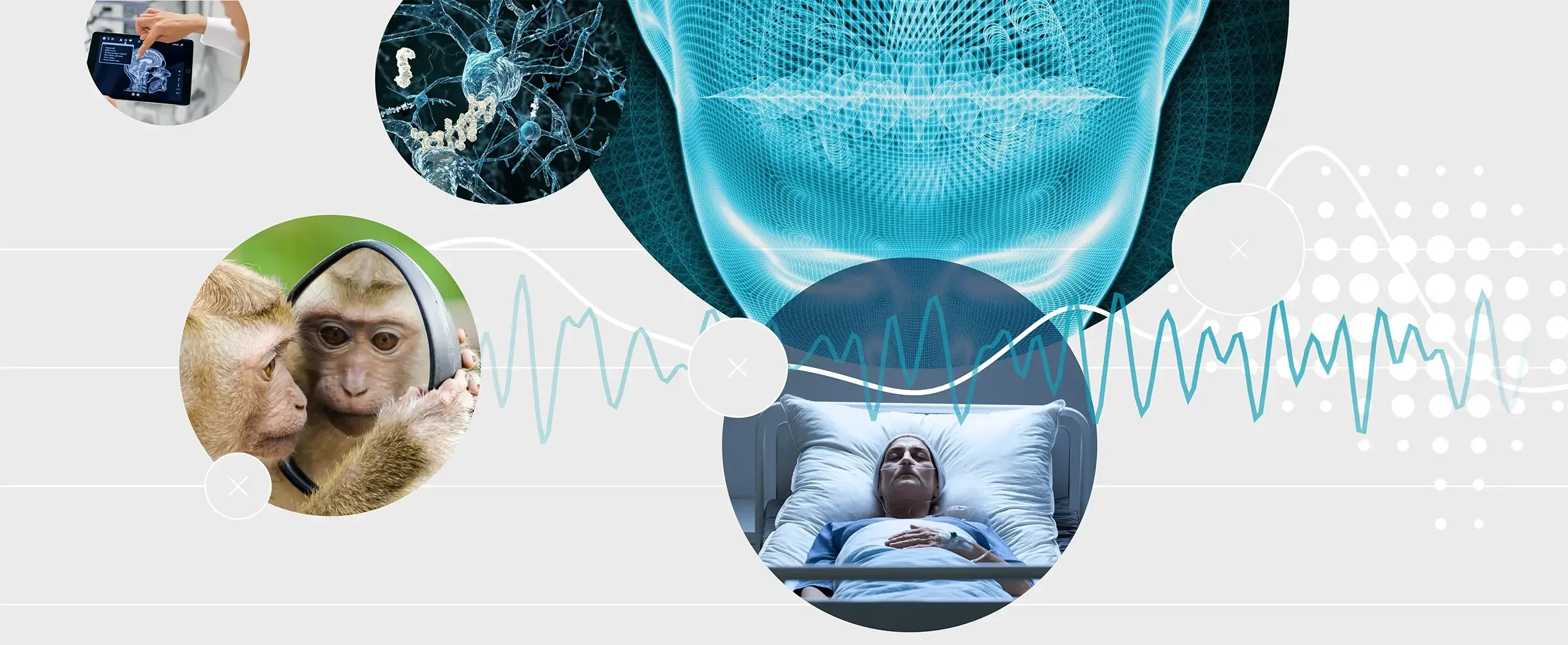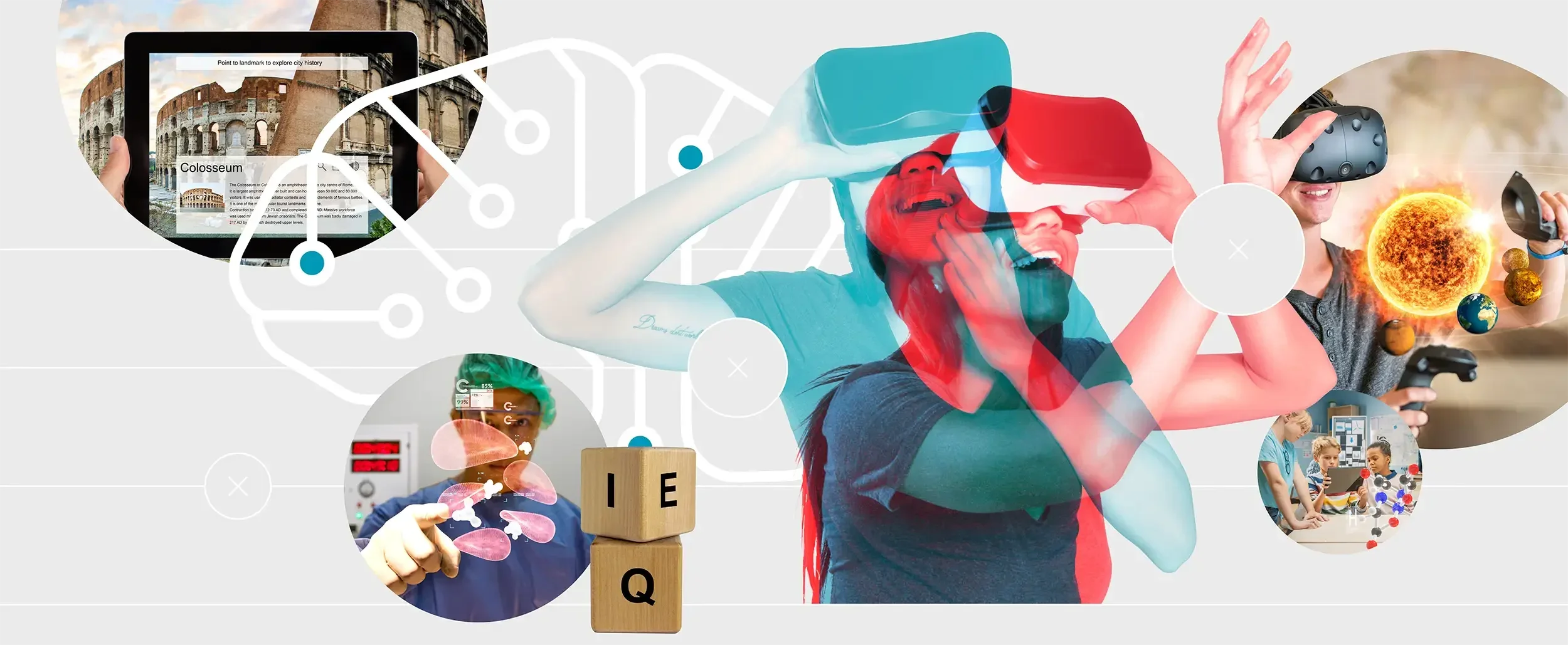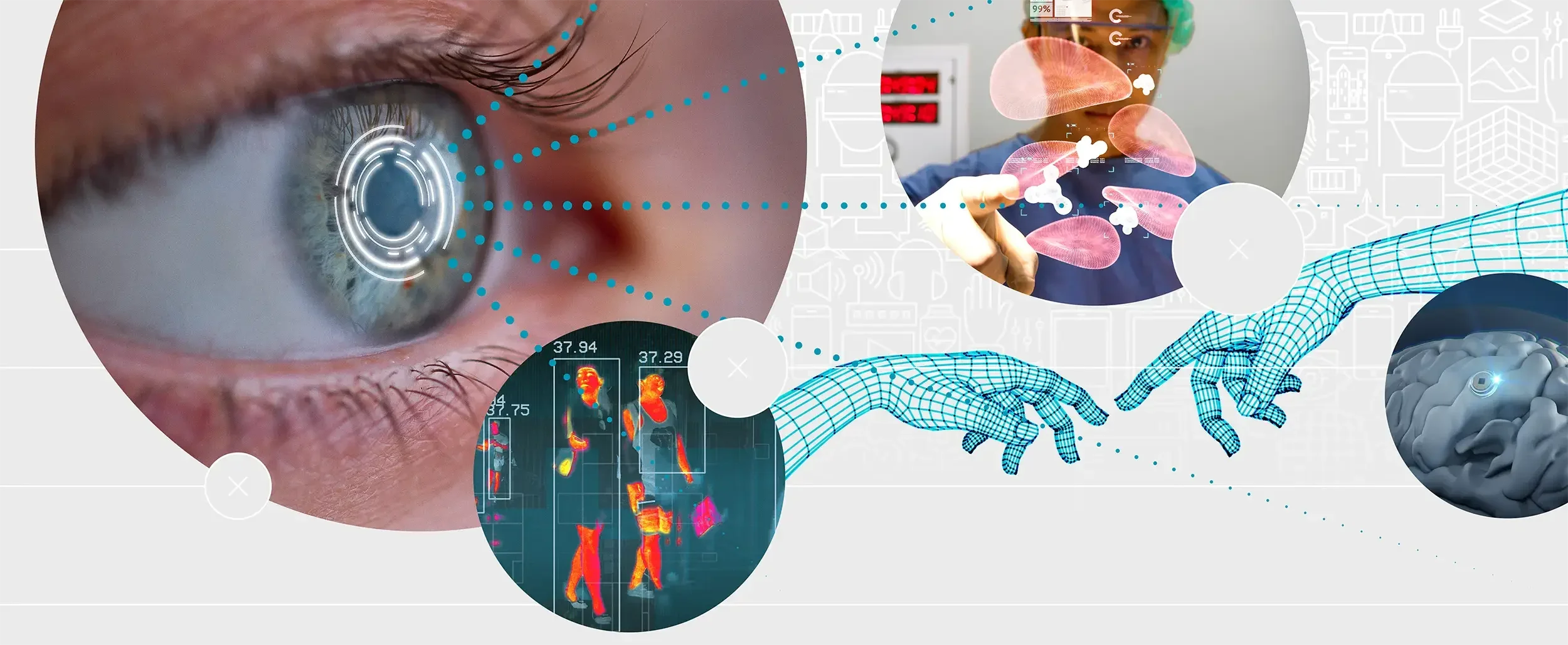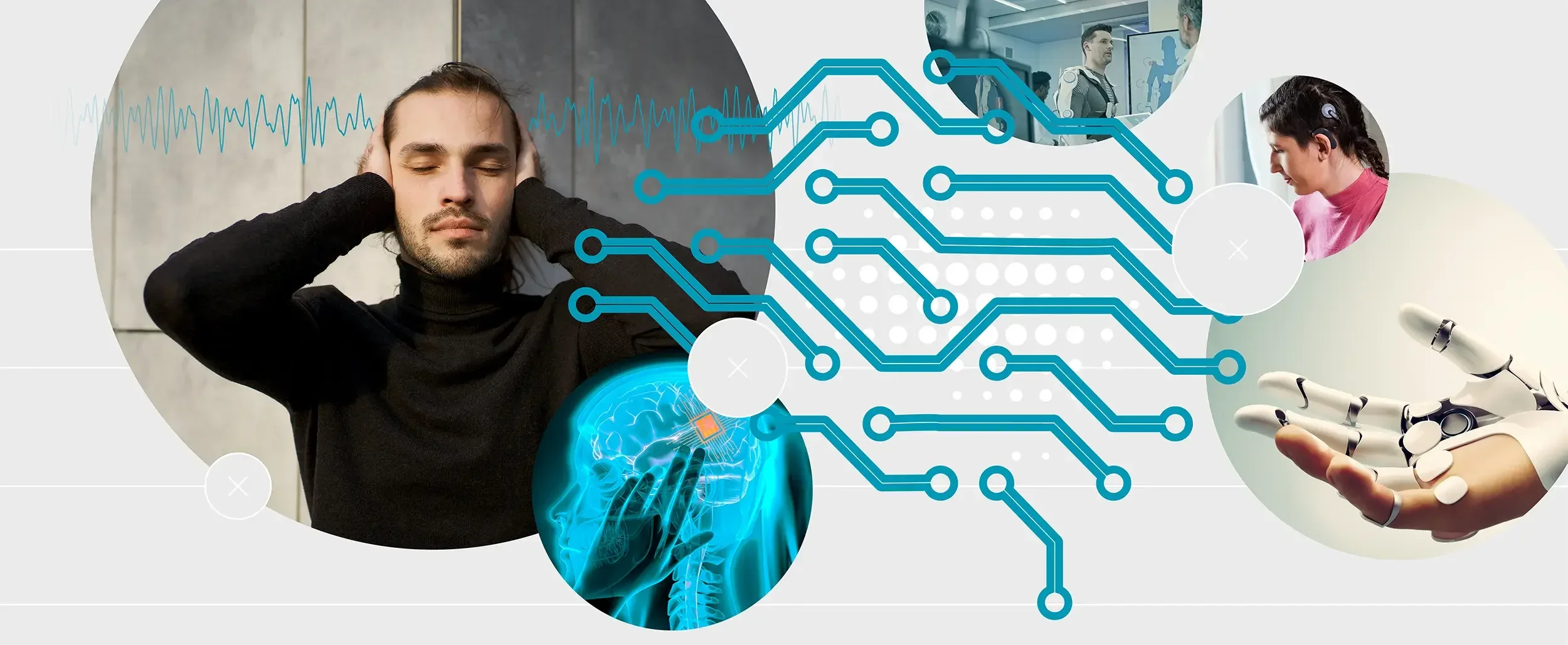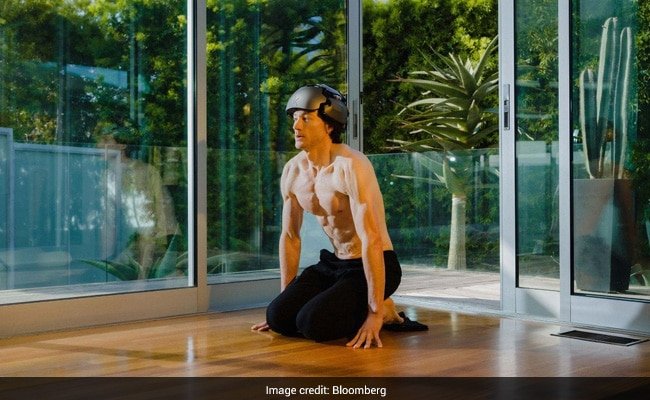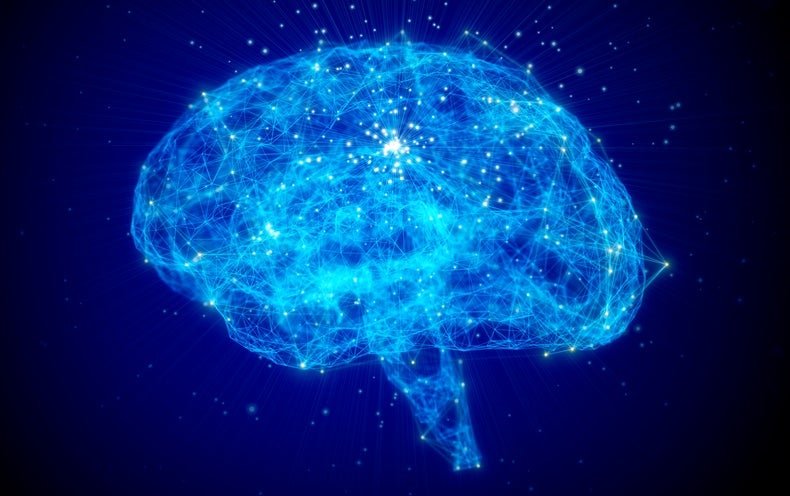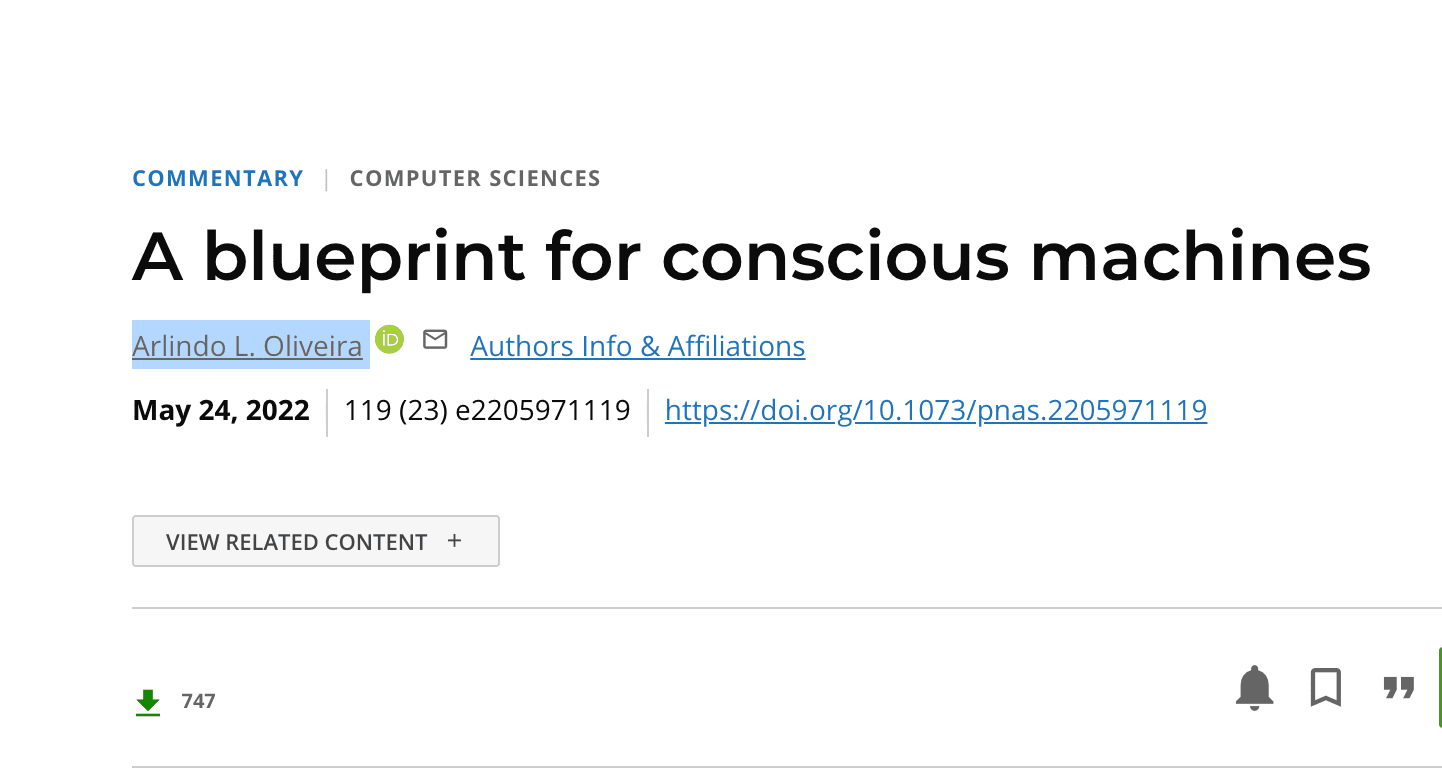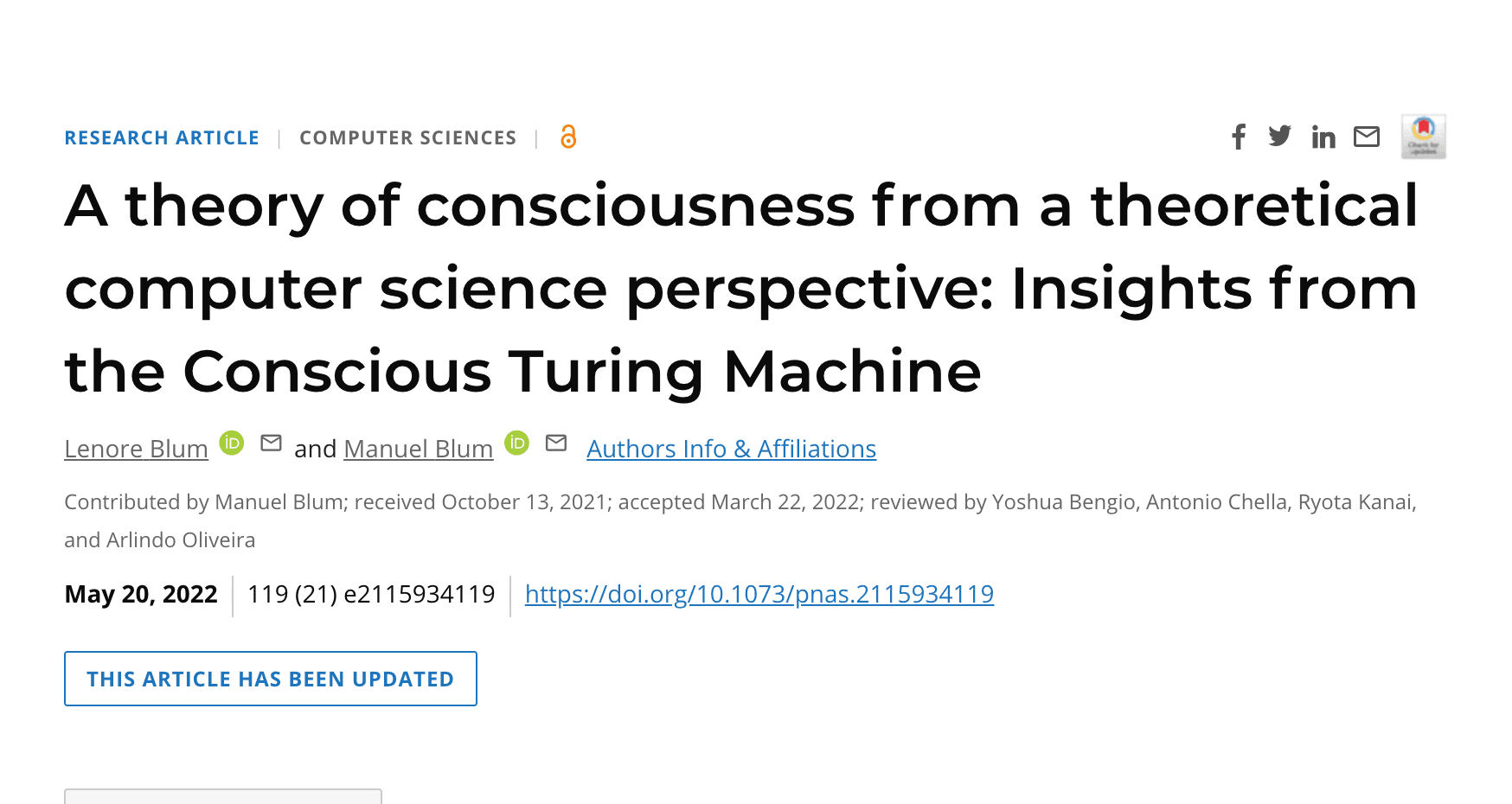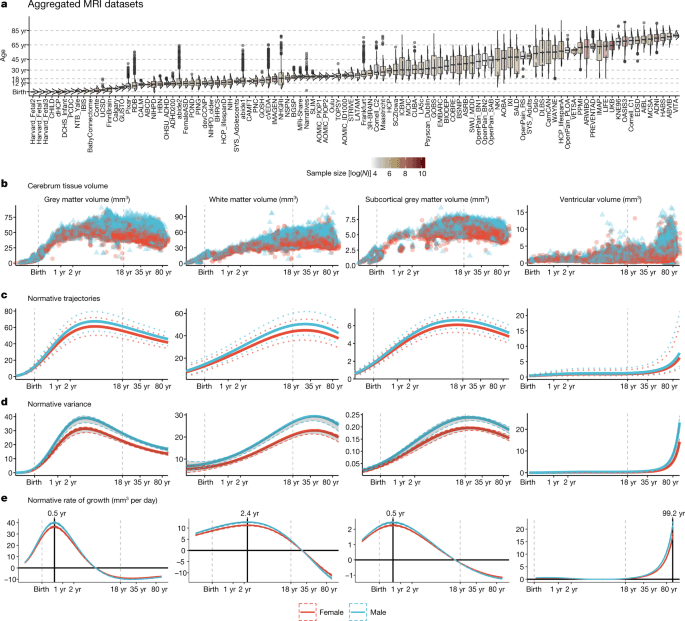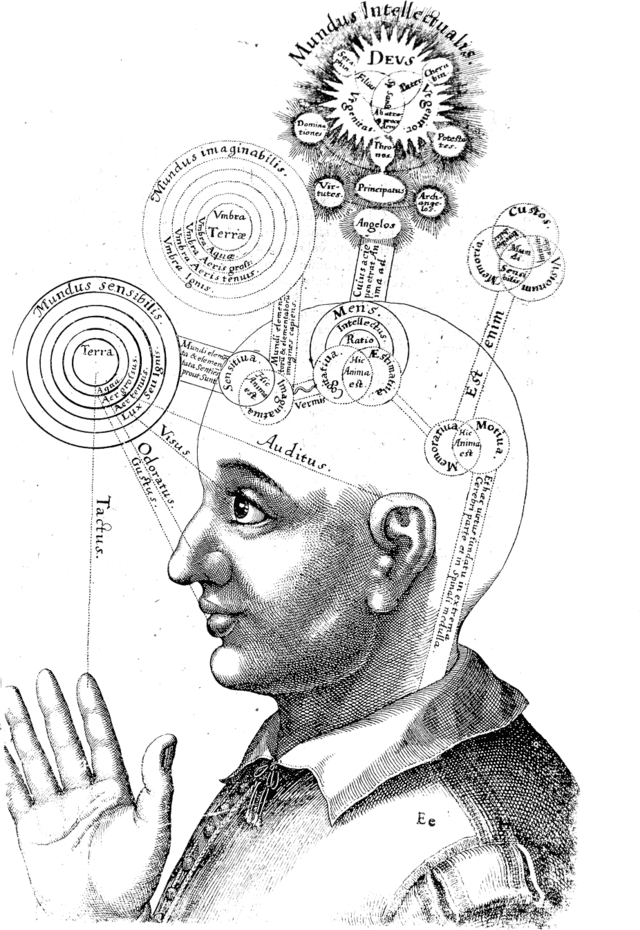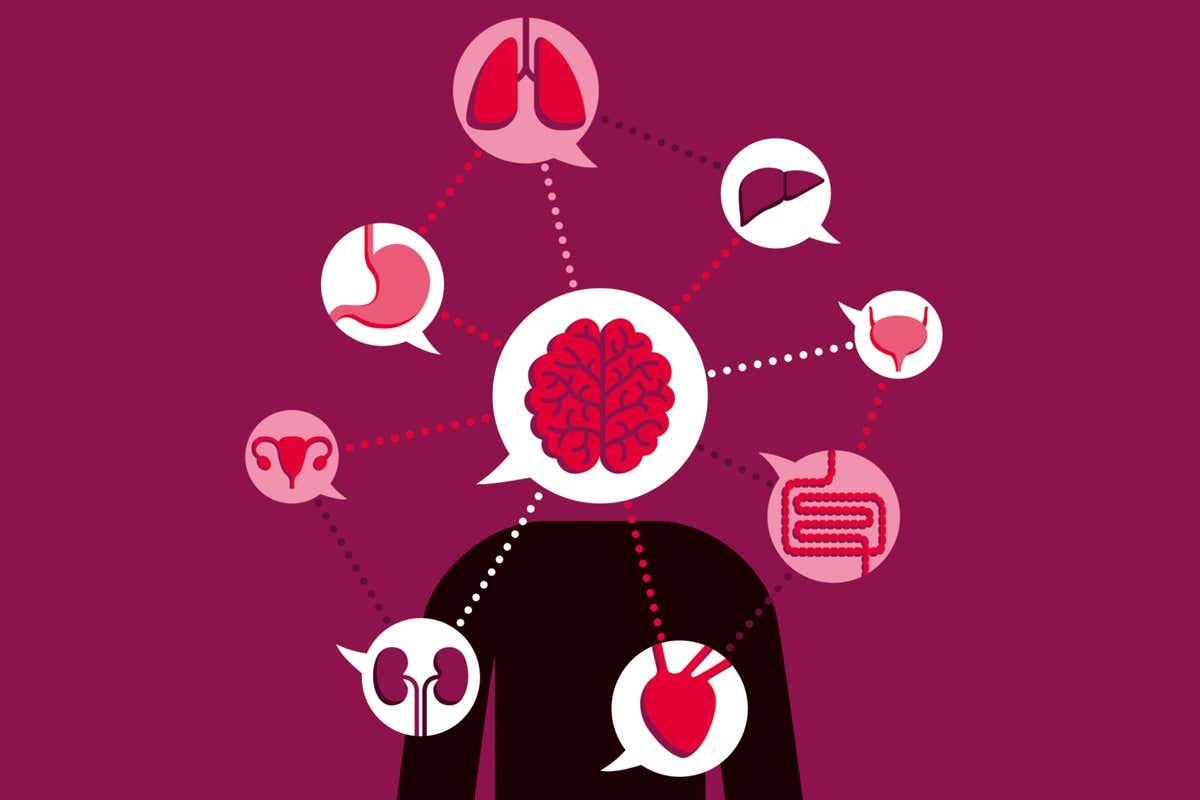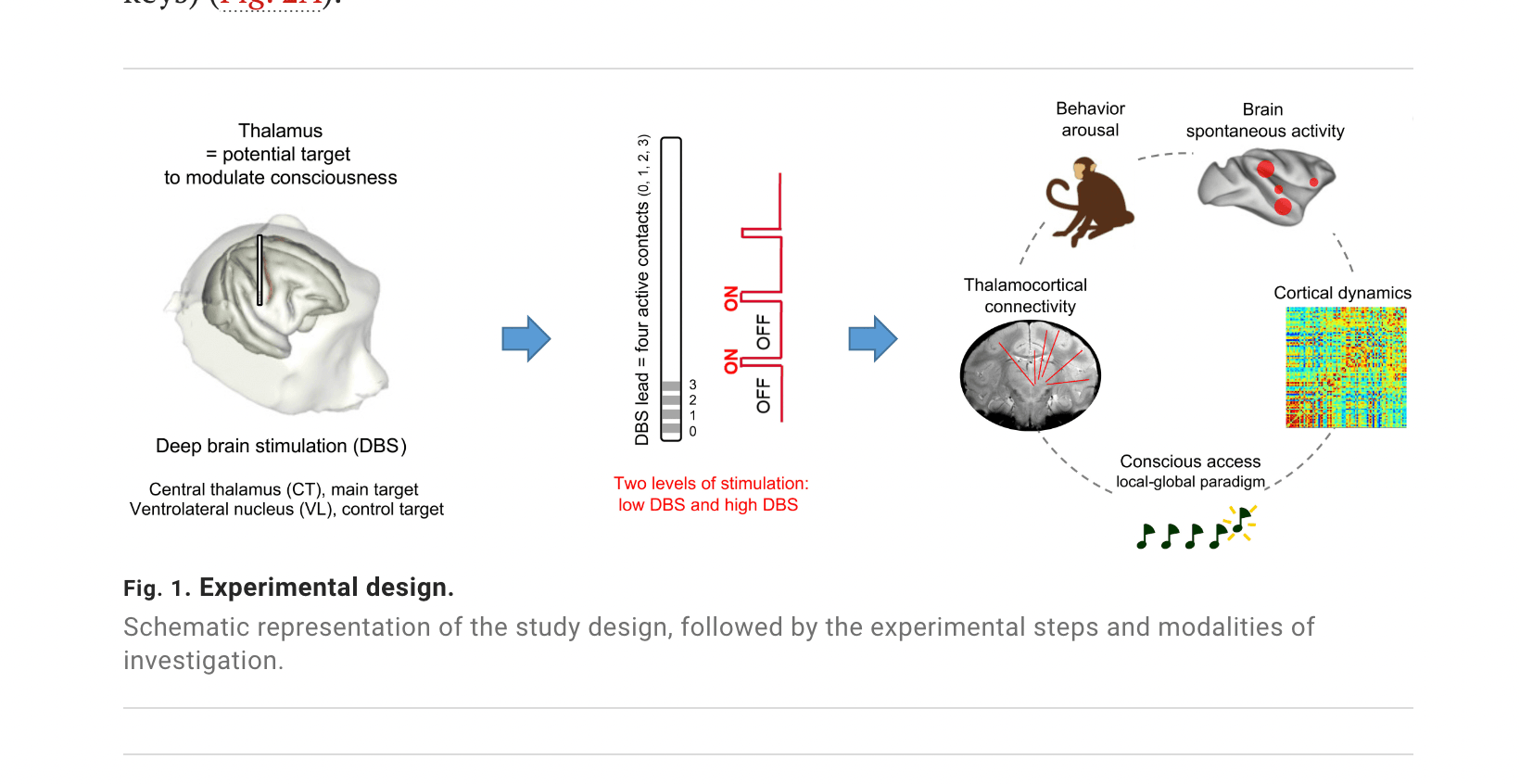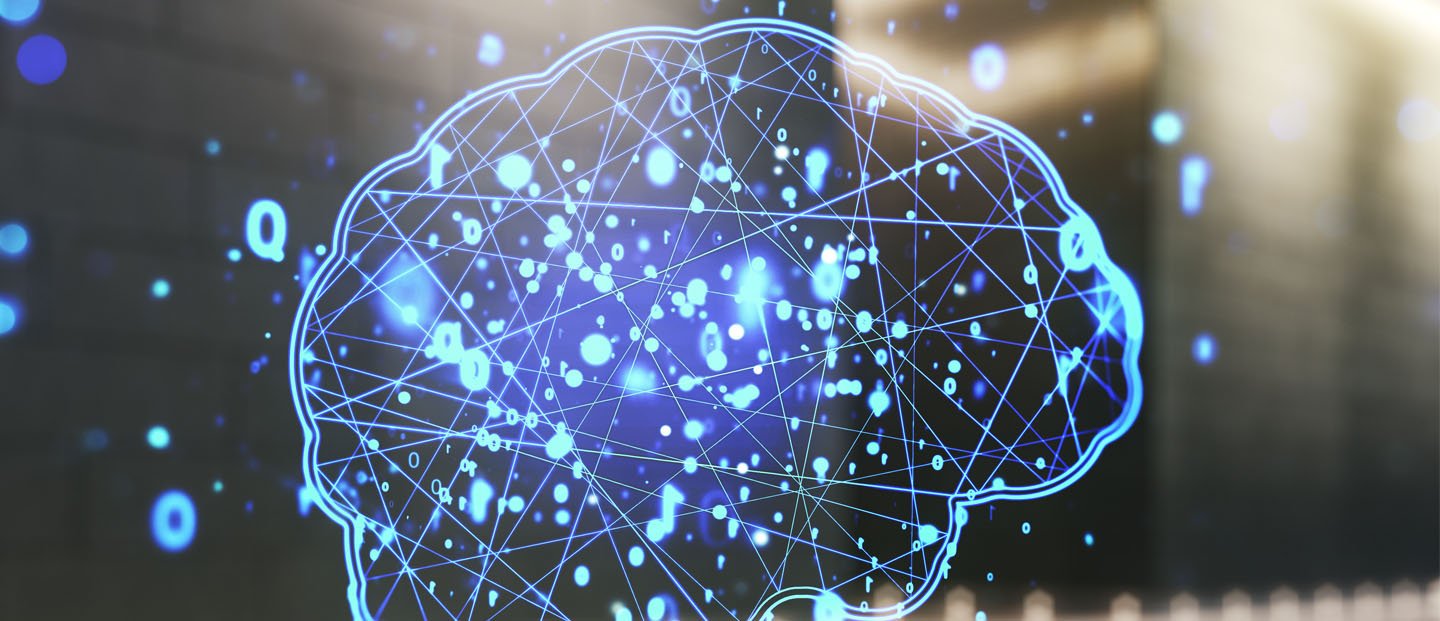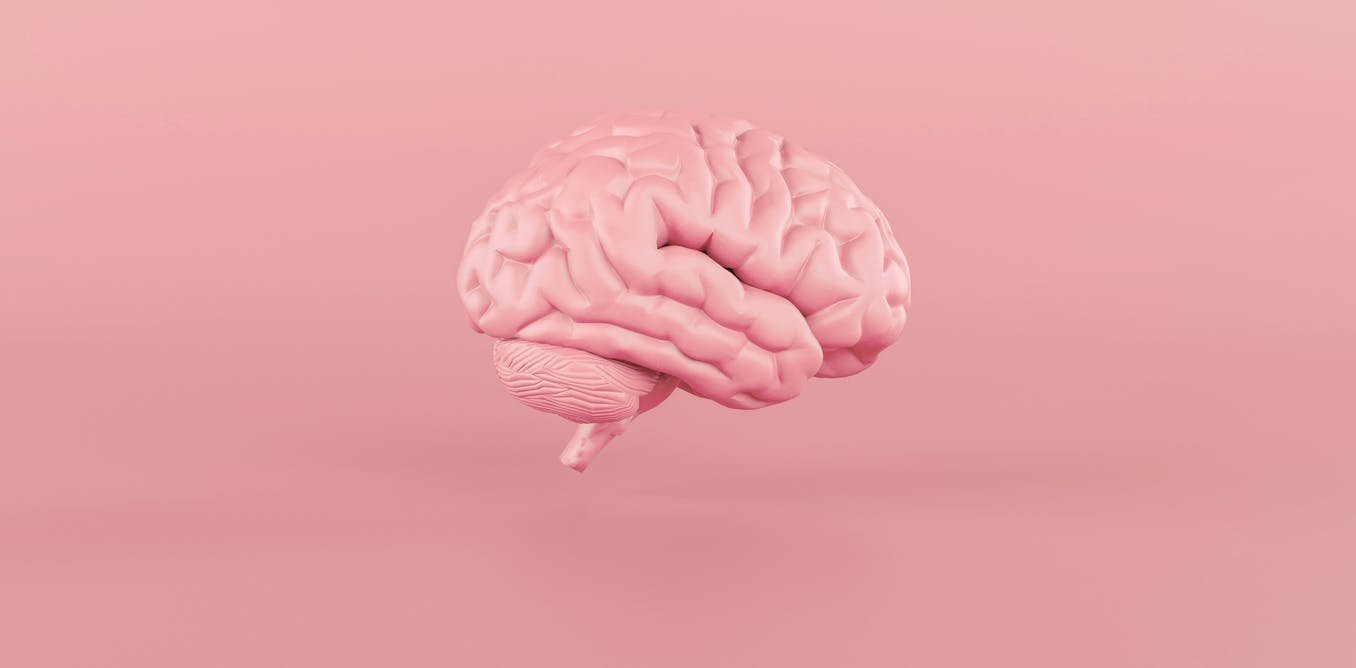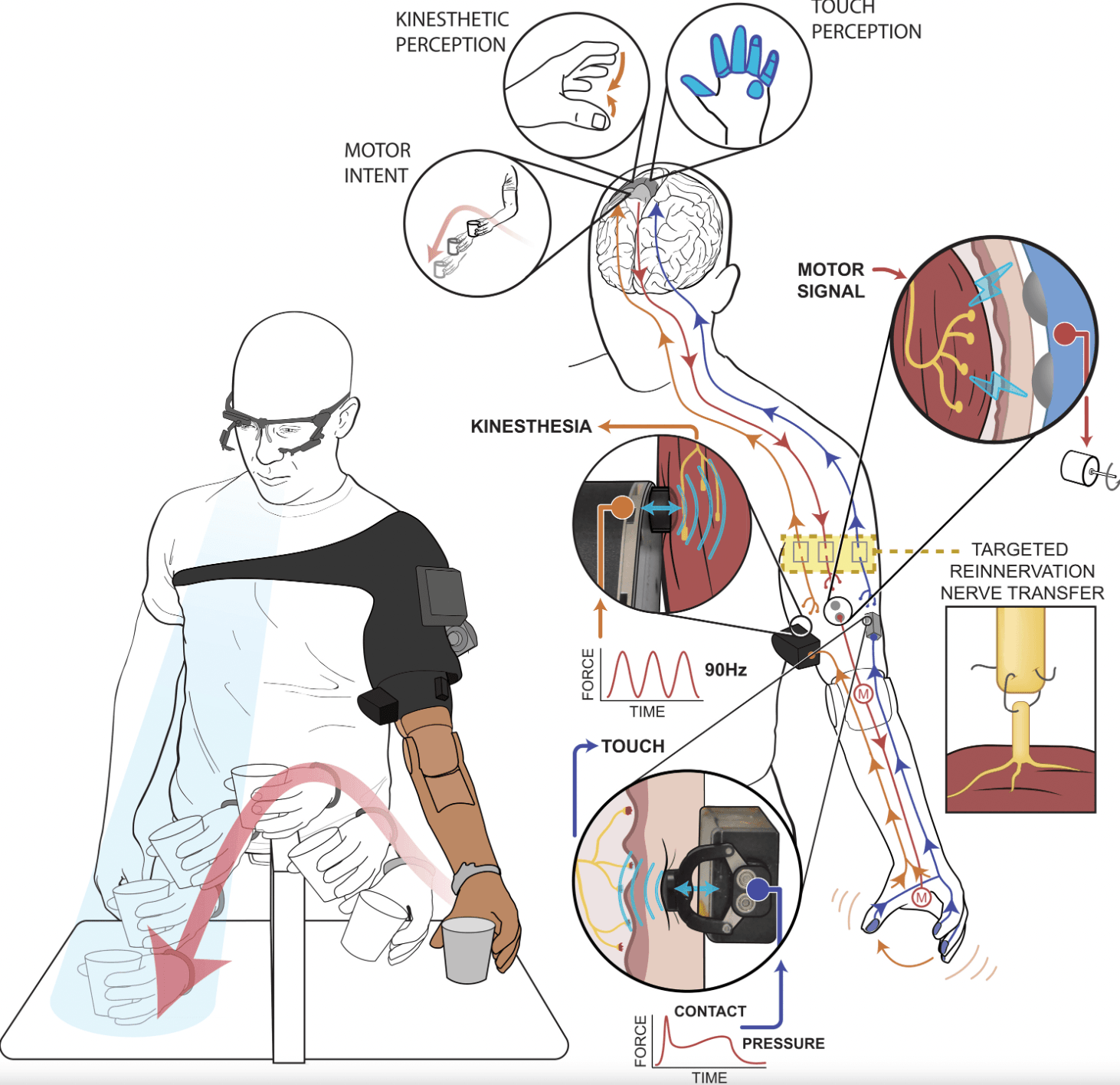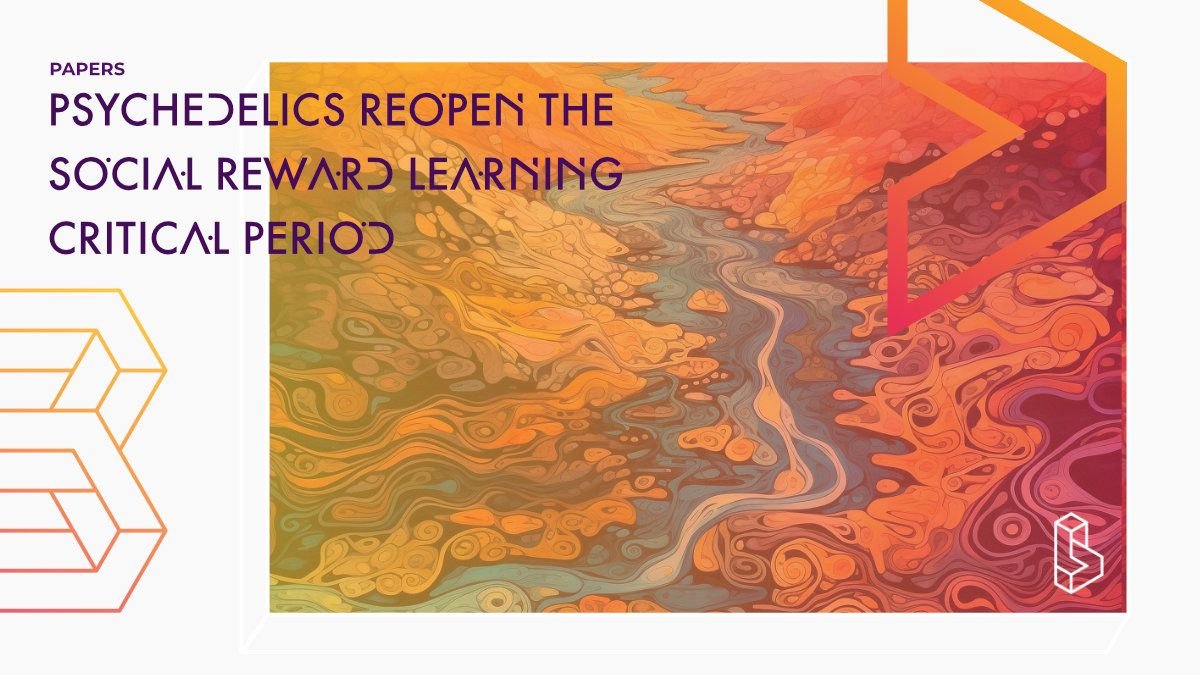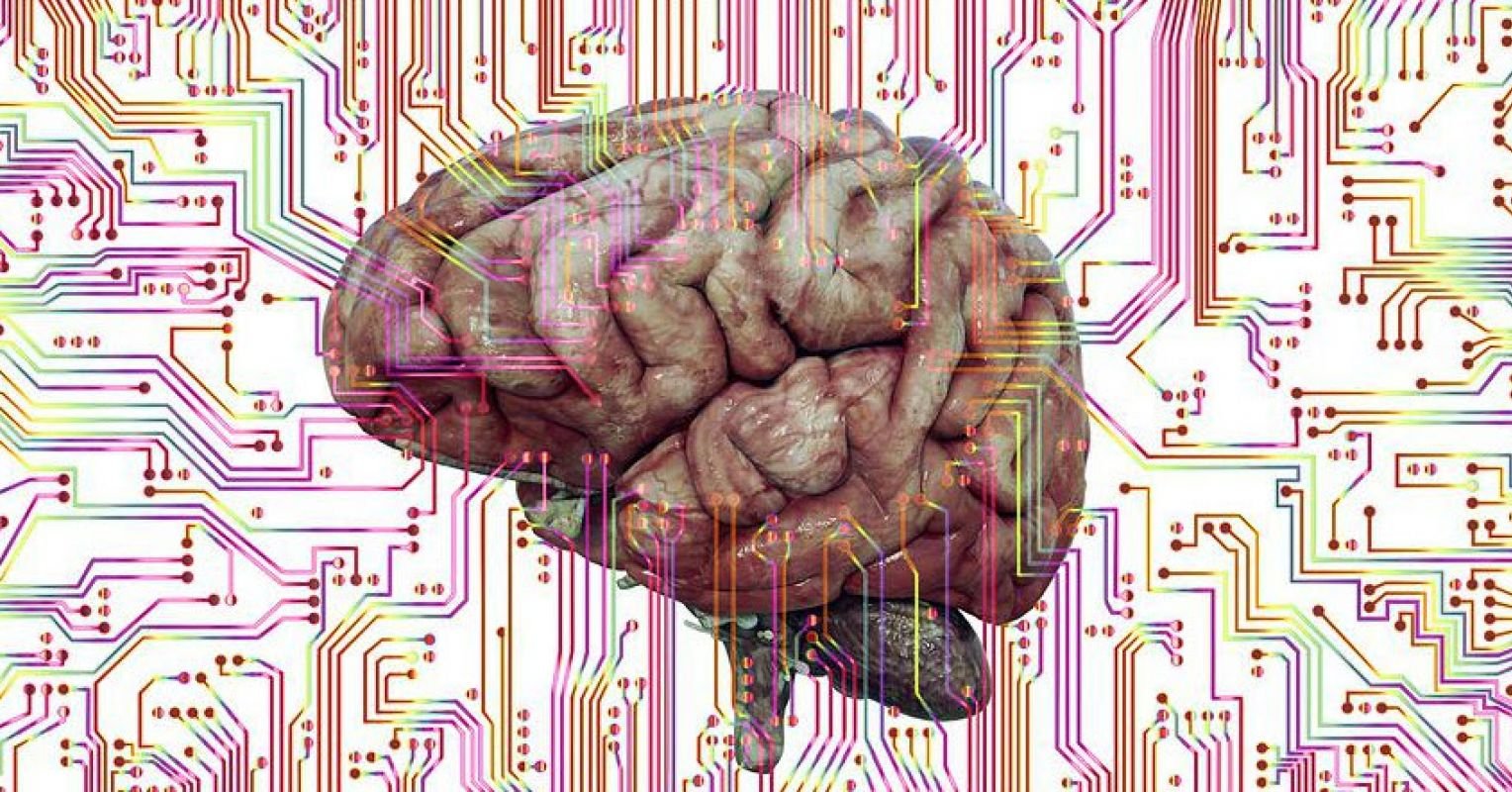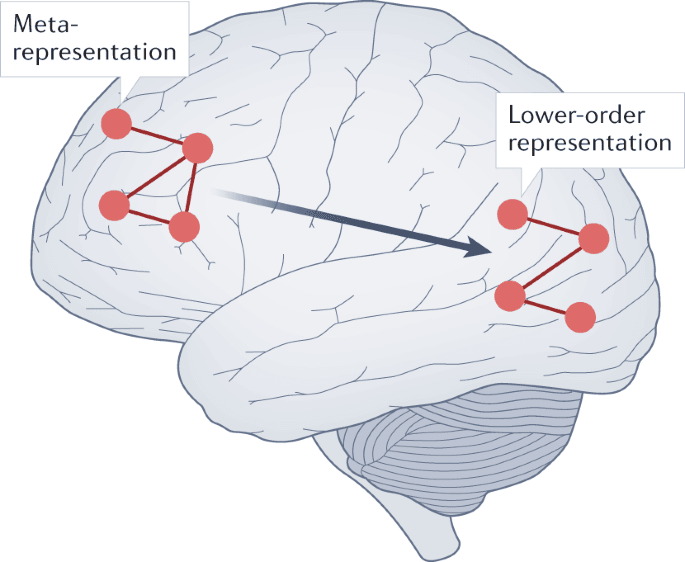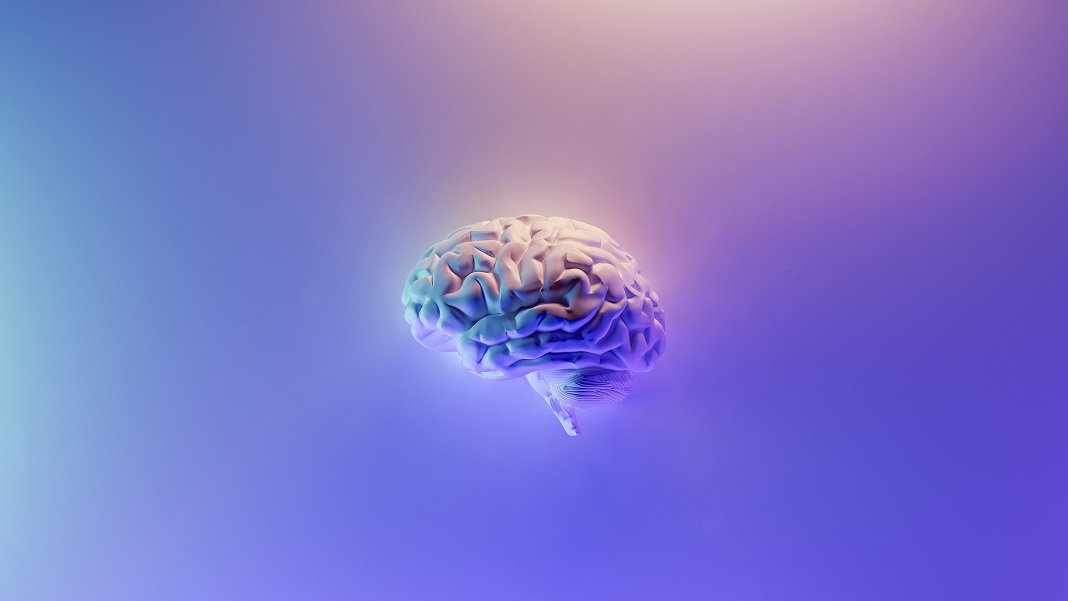This means that much-discussed issues such as machine consciousness and animal consciousness also remain unresolved. However, the lack of deep understanding and consensus around specific terminology has not prevented the adoption of technologies and conceptual advances that help make decisions in a clinical setting. We have devised methods to quantify the degree of presence or absence of consciousness, allowing us to define whether a patient is in a vegetative state, for instance, and to evaluate whether their consciousness can be “augmented”; that is, shifted to a more elevated state of consciousness — whether by intervention or through the body’s natural healing processes.
As with many medical applications, technologies that spring from a clinical setting will eventually benefit the broader population. This is because the same technologies that diagnose consciousness when there is a deficit or disorder can be pressed into service to enhance or augment healthy, functioning consciousness. They will also be helpful in more philosophical areas, improving our understanding of free will, autonomy of the self and what it means to be human.
SELECTION OF GESDA BEST READS AND KEY REPORTS:
In January, a broad international collaboration published Consciousness beyond the human case, delving deep into the realm of AI consciousness. Echoing long-standing debates from animal behaviour studies, the paper draws attention to the multi-layered intricacies of consciousness and sentience and poses compelling questions on whether AI can attain high-order cognitive functions devoid of foundational emotions. The authors call for a greater emphasis on consciousness-centric research in AI development. A research team at the Johns Hopkins University published Psychedelics reopen the social reward learning critical period in June, shining a light on the transformative potential of psychedelics in rewiring critical learning phases related to social rewards in mice. The study, which reveals alterations in the brain's oxytocin pathways, underscores the potential therapeutic applications of psychedelics in neuropsychiatric disorders. Also notable in June was an article titled A 25-Year-Old Bet about Consciousness Has Finally Been Settled. This recounts the settling of a bet about the scientific understanding of consciousness made between neuroscientist Christof Koch and philosopher David Chalmers in 1998.
